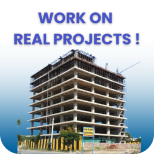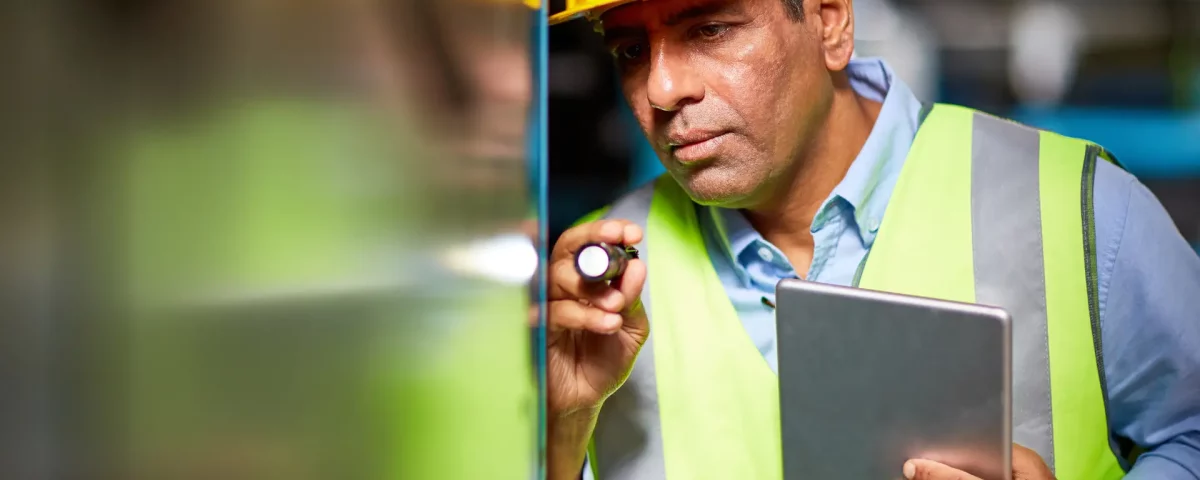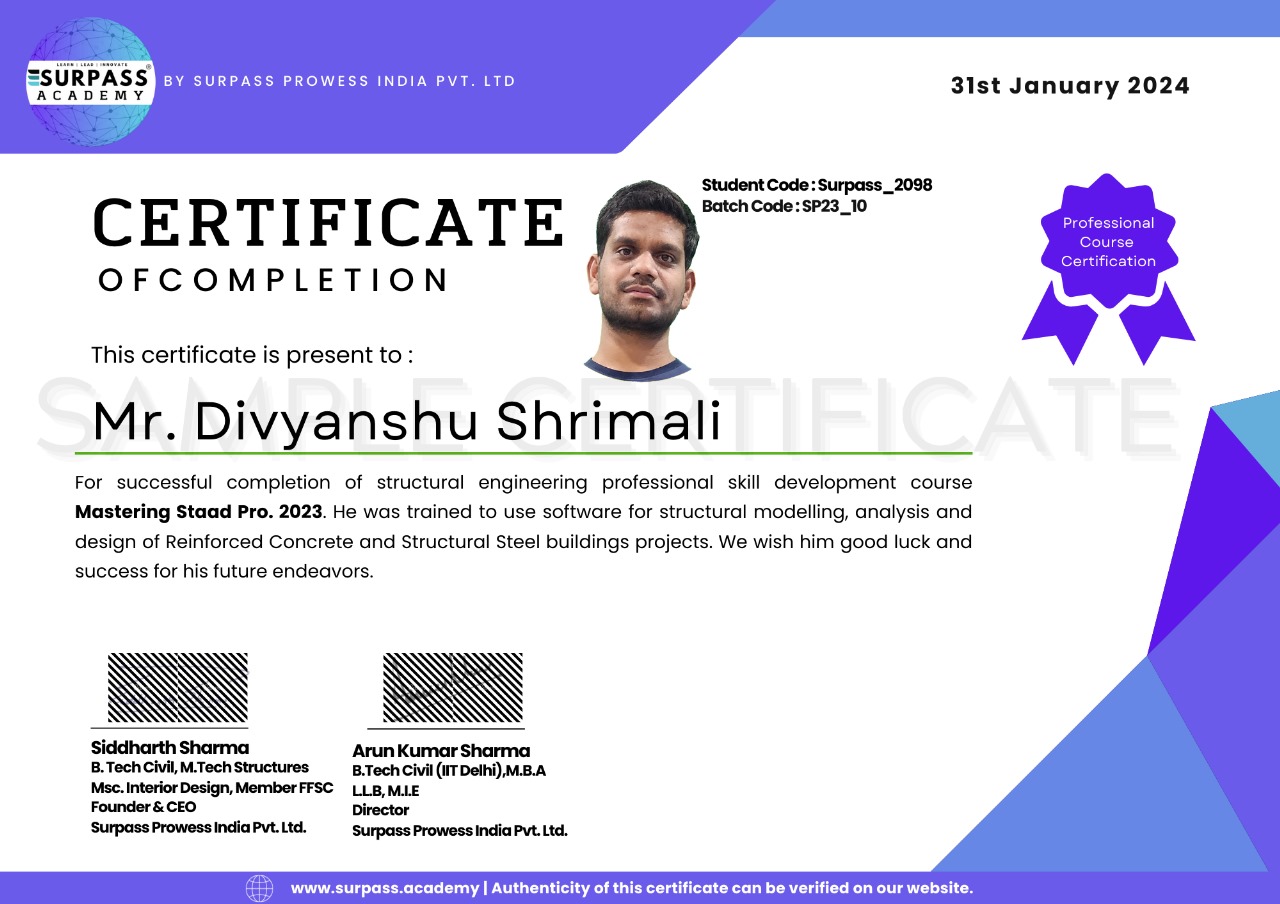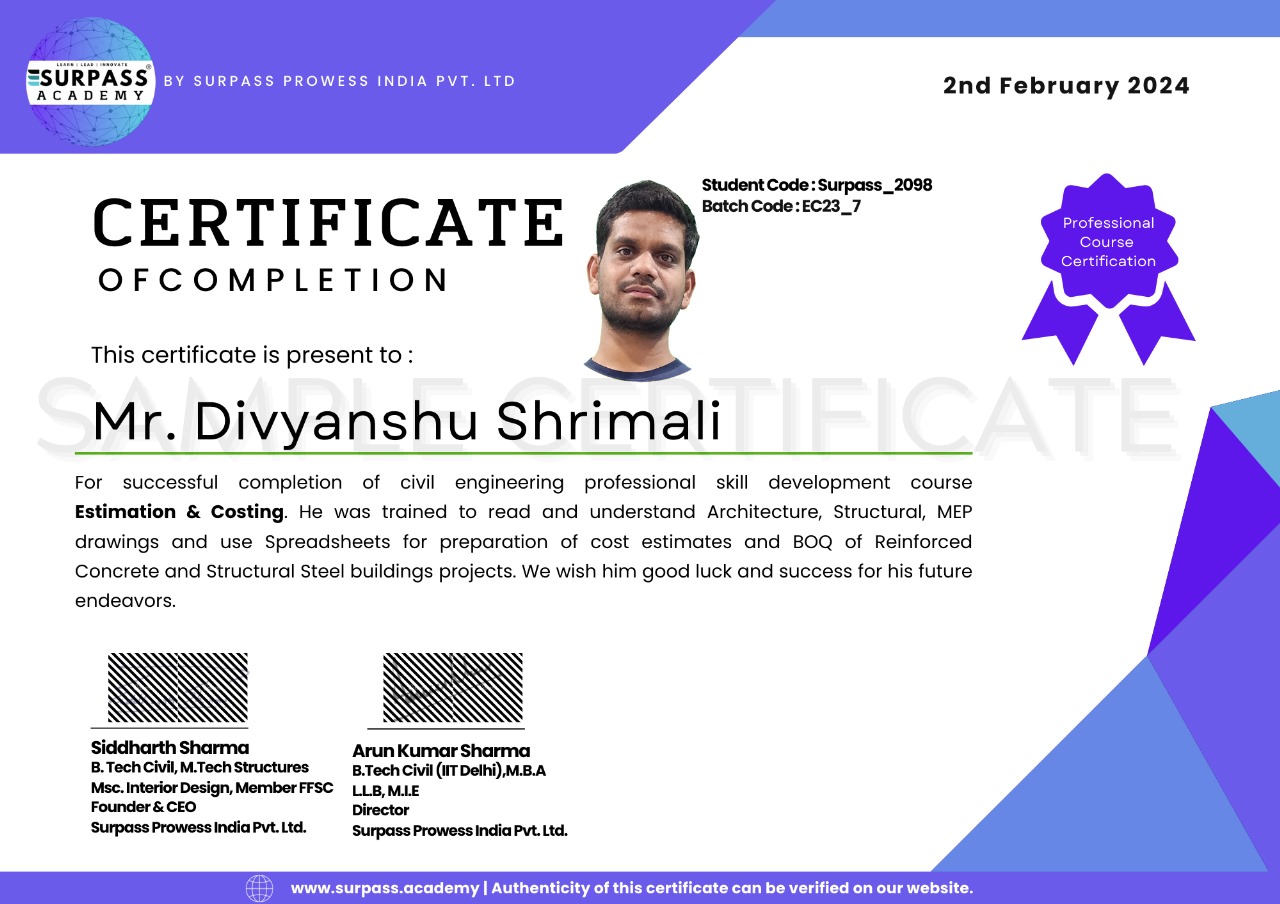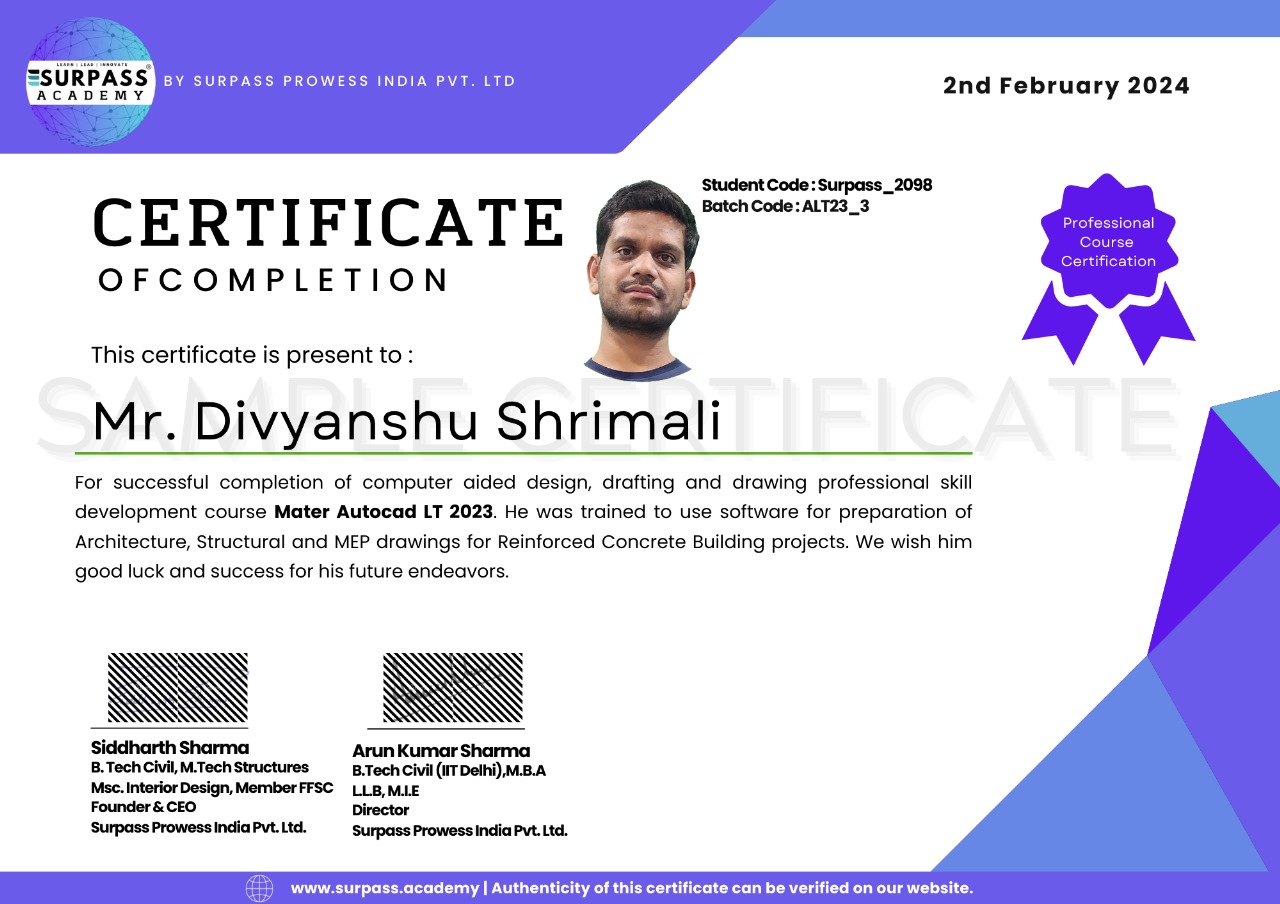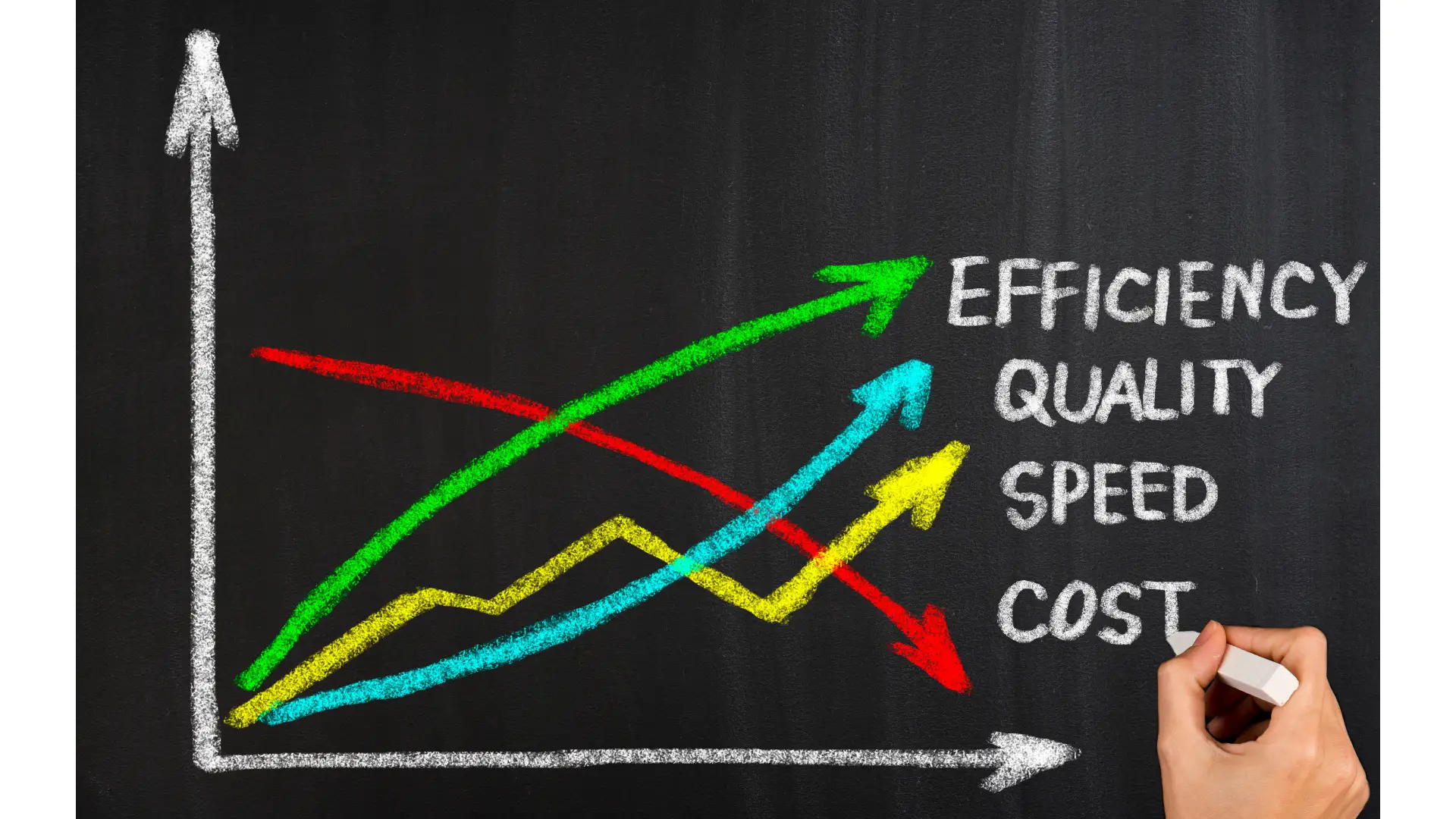
Pioneering the Future: Construction Techniques for Enhanced Quality Control and Assurance
Introduction
The construction industry is on the brink of a technological revolution that promises to reshape the way buildings and infrastructure are designed and built. One of the most significant aspects of this transformation is the integration of futuristic construction techniques aimed at improving quality control and quality assurance. In this article, we will explore some of these innovative approaches that are set to revolutionize the construction industry.
- 3D Printing and Additive Manufacturing:
3D printing technology is rapidly advancing in construction. It allows for the precise layer-by-layer deposition of building materials, enabling architects and engineers to create complex structures with unparalleled accuracy. This technique minimizes human errors, reduces waste, and enhances quality control.
- Prefabrication and Modular Construction:
Prefabrication and modular construction involve the manufacturing of building components in controlled factory environments. This method ensures consistent quality, reduces on-site construction time, and lowers the chances of defects. Modular construction also enables easier quality inspections at the factory before shipping components to the construction site.
- Building Information Modeling (BIM):
BIM is a digital representation of a building's physical and functional characteristics. It allows for comprehensive project visualization, simulation, and analysis. BIM's real-time data sharing capabilities facilitate better collaboration among stakeholders, enabling early detection and resolution of potential quality issues.
- Robotics and Automation:
Robots and automated machinery are increasingly being employed in construction tasks. These machines can perform repetitive, labor-intensive tasks with precision and consistency. They reduce the risk of human errors, improving quality assurance throughout the construction process.
- Drones and Aerial Surveys:
Drones equipped with high-resolution cameras and LiDAR technology are used for aerial surveys and site inspections. They provide accurate, up-to-date information about construction progress and site conditions, enabling timely adjustments to maintain quality standards.
- Augmented Reality (AR) and Virtual Reality (VR):
AR and VR technologies are being used for design visualization, training, and quality control. Workers can use AR glasses to access digital blueprints, while VR simulations allow project teams to identify and rectify potential issues before construction begins.
- Sensors and IoT (Internet of Things):
Sensors embedded in building materials and equipment can monitor structural integrity, temperature, humidity, and other critical factors in real time. IoT devices provide continuous data, enabling early identification of quality deviations and predictive maintenance.
- Blockchain for Documentation:
Blockchain technology ensures the immutability and transparency of project documentation. This reduces the risk of fraudulent practices and simplifies quality control audits by providing a verifiable record of all construction activities.
- Artificial Intelligence (AI) for Quality Assurance:
AI-driven algorithms can analyze vast amounts of construction data to identify patterns and anomalies. AI can predict potential quality issues, recommend corrective actions, and improve decision-making during construction.
- Smart Materials:
Innovative materials like self-healing concrete and smart coatings can automatically repair minor damages, reducing the need for frequent maintenance and extending the lifespan of structures.
Conclusion
The incorporation of these futuristic construction techniques into the industry promises to elevate quality control and quality assurance to unprecedented levels. By leveraging 3D printing, BIM, robotics, sensors, and other advanced technologies, construction professionals can not only enhance the quality of their projects but also streamline processes, reduce costs, and promote sustainability. As the construction industry continues to evolve, embracing these innovations will be crucial for staying competitive and delivering high-quality, resilient infrastructure for the future.




